I've been struggling to recreate this Excel graph in python using matlplotlib:
The data is in a dataframe; I'm trying to automate the process of generating this graph.
I've tried unstacking my dataframe, subplotting, but I haven't managed to create the "Zone" index which is so elegant in Excel. I have successfully managed to plot the graph without this "Zone" index, but that's not really what I want to do.
Here is my code:
data = pd.DataFrame(
{
'Factory Zone':
["AMERICAS","APAC","APAC","APAC","APAC","APAC","EMEA","EMEA","EMEA","EMEA"],
'Factory Name':
["Chocolate Factory","Crayon Factory","Jobs Ur Us", "Gibberish US","Lil Grey", "Toys R Us","Food Inc.",
"Pet Shop", "Bonbon Factory","Carrefour"],
'Production Day 1':
[24,1,9,29,92,79,4,90,42,35],
'Production Day 2':
[2,43,17,5,31,89,44,49,34,84]
})
df = pd.DataFrame(data)
print(df)
# Without FactoryZone, it works:
df = df.drop(['Factory Zone'], axis=1)
image = df.plot(kind="bar")
And the data looks like this:
Unnamed: 0 FactoryZone Factory Name Production Day 1 Production Day 2
0 1 AMERICAS Chocolate Factory 24 43
1 2 AMERICAS Crayon Factory 1 17
2 3 EMEA Pet Shop 9 5
3 4 EMEA Bonbon Factory 29 31
4 5 APAC Lil Grey 92 89
5 6 AMERICAS Jobs Ur Us 79 44
6 7 APAC Toys R Us 4 49
7 8 EMEA Carrefour 90 34
8 9 AMERICAS Gibberish US 42 84
9 10 APAC Food Inc. 35 62


